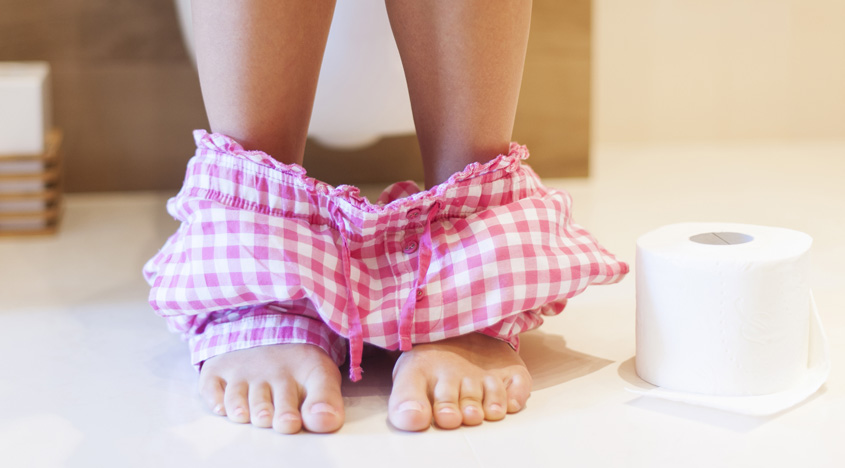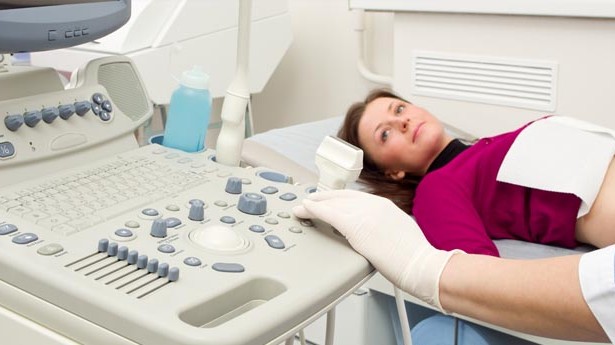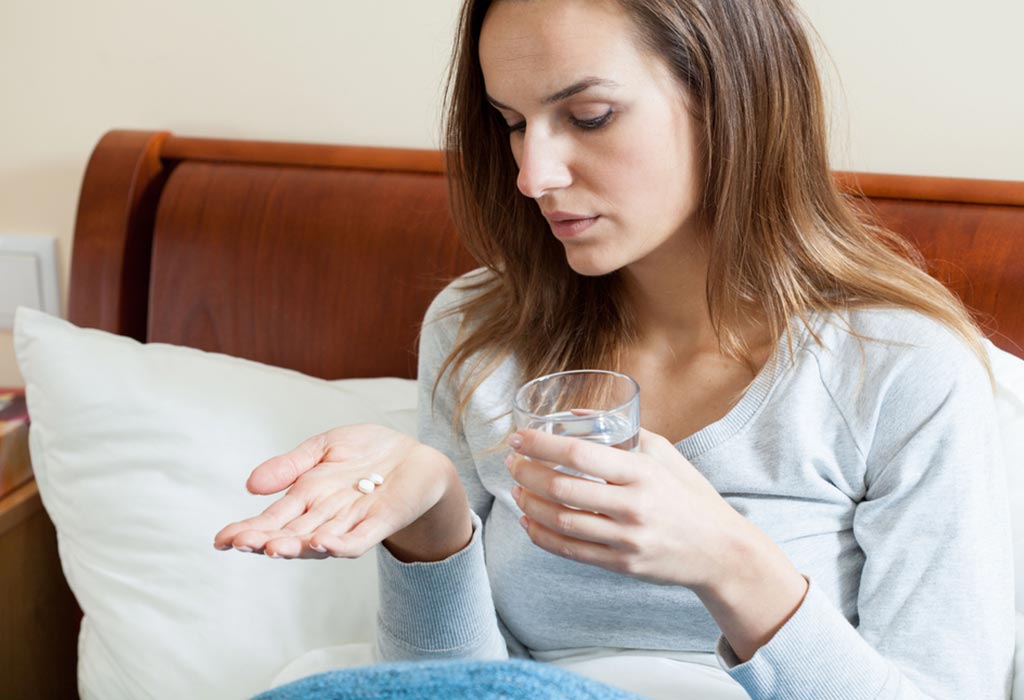Benign formations of epithelial cells on the surface of an organ are considered polyps. They can be localized on various tissues, including the upper layer of the bladder. The disease refers to serious pathologies. If untreated, there is a likelihood of complications from the genitourinary system, the degeneration of the polyp into a malignant tumor.
Features of the disease
A bladder polyp is a benign neoplasm. It consists of mucous membranes filled with blood vessels and capillaries. Each polyp has a body, a leg and a base. Its localization can be varied:
- at the neck of the bladder;
- on the walls of the organ;
- in places of narrowing.
Neoplasms can be localized and common. In the first case, their number is not more than 4-5 units. With common diffuse polyposis, several hundred small or large foci are observed. True and false neoplasms are also distinguished. The latter include deposits of urates, calcifications and other calculi that do not have vascular components. False polyps develop on the background of urolithiasis.

Causes of pathology
Symptoms (polyp in the bladder in women - a fairly common benign tumor) are not as pronounced as in men. However, the causes of the disease in both sexes are the same:
- genitourinary tract inflammation;
- hormonal disruptions in the body;
- urolithiasis disease;
- hereditary predisposition;
- stagnation of urine;
- metabolic disorders, including diabetes.
The unequivocal cause of the appearance of polyps is difficult to determine. Usually, several factors play a role in the etiology of the disease. Most often, the cause of urine with blood in women is cystitis that is not cured in a timely manner. In this case, there are significant injuries on the mucosa of the bladder.
Symptoms
Polyp in the bladder in women for specific symptoms is not possible to determine. This requires hardware and laboratory studies. Signs of health problems occur when polyps grow, which block the path to normal urination.
The main symptoms of the pathological process in the fair sex can be called the following:
- Change in the process of urination. In women, intermittent or difficult urine output is always a concern. Also, the jet can inadvertently change direction.
- Cutting pains.
- Blood in urine. It can stand out in the form of small clots or completely stain the urine in pink. Abundant blood flow appears after a neoplasm rupture.
The clinical picture may be supplemented by frequent urination. Women also have a feeling of fullness of the organ, even with its recent emptying.

Possible complications
One of the dangerous complications of the pathology is the degeneration of benign elements of the neoplasm into malignant. Oncology is of two types. In the case of an invasive variant, cancer cells grow deep into the walls of the urea, and non-invasive - along the upper layer of the organ. Both types are considered dangerous.
Complications in the form of persistent inflammation of the urea, turning into a chronic form, can lead to ignoring dangerous symptoms. A polyp in the bladder in women can provoke disorders on the part of other organs, as well as infection of adjacent tissues.
Diagnostic Methods
A set of diagnostic measures is prescribed to determine the localization of the polyp, its structure and degree of growth. It consists of the following events:
- General analysis of urine, blood. It allows to identify the general state of health of a woman, the presence of inflammatory processes in the body.
- Ultrasound With the help of hardware research, you can determine the structure of the neoplasm, its size and exact localization.
- Cystography. This is an X-ray examination that is carried out using a contrast medium. The technique allows with particular accuracy to consider pathological foci.
- Cystoscopy. The procedure is necessary to visually assess the condition of the urinary tract.
Diagnostic measures may be adjusted depending on the accompanying symptoms. Polyp in the bladder in women is usually detected by ultrasound. In this case, it is important not only to diagnose the pathology, but also to determine the root cause of its appearance.

Treatment options
There are several areas of treatment for polyposis:
- Expectant Tactics. Used in the absence of symptoms, single tumors.
- Conservative therapy. It implies symptomatic drug treatment, and is also used during the rehabilitation period after surgery.
- Surgical intervention. It is used for severe clinical presentation, during exacerbations of the inflammatory process.
- Ethnoscience. It is an auxiliary treatment method.
Each of the methods of therapeutic effect for polyposis will be described in detail later in the article.
Drug therapy
Conservative treatment of polyps in the bladder in women is prescribed when characteristic symptoms appear. Usually, drugs from the following groups are used to stop it:
- Uroseptics (Furmag, Kanefron).
- Antibiotics (fluoroquinolones, macrolides, penicillins).
- Antispasmodics and painkillers (Nurofen, Spazmalgon).
- Vitamin complexes.
- Diuretics for difficult, unpleasant urination in women (Diuver, Furosemide).
The effectiveness of the therapy should be constantly confirmed by analyzes. If there is no result, surgical intervention is recommended.

Operation
Surgical treatment of polyposis is used quite often. The main indications for the operation are as follows:
- large size of the neoplasm;
- polyps interfere with the normal process of urination;
- bleeding against a background of polyp rupture, tissue damage.
Before the operation, an additional examination is prescribed to the woman in order to exclude possible contraindications.
Surgical intervention is performed under general anesthesia, using a cystoscope and diathermocoagulator. Tools for manipulation are brought to the polyp. Then the doctor captures the neoplasm with a special loop. Due to the electrode, the element itself is heated, after which the polyp is removed. At the same time, the doctor “seals” the damaged area to prevent bleeding.
In some cases, a radical operation is recommended. During its conduct, the doctor excites a part of the organ with polyps or the entire bladder. An indication for such an intervention is a high risk of malignancy of the neoplasm. With complete resection, the removed organ is replaced with part of the small or large intestine.

Rehabilitation period
After surgery, it is important to follow certain rules. For two weeks, the woman remains in the medical institution for observation. Subsequent rehabilitation takes place at home.
For maintenance therapy, appropriate drugs are prescribed. Their use eliminates the likelihood of a relapse in the future, reduces the risk of developing an infection, and stimulates regenerative processes in the body. During rehabilitation, it is important to periodically undergo an ultrasound examination and take tests to monitor the dynamics of recovery.
If you feel unwell or other unpleasant symptoms, you should immediately seek medical help. For example, if a woman persists for a long time after urinating, Treatment in this case is subject to adjustment.
Help traditional medicine
Alternative methods of treatment are among the auxiliary. They do not allow you to completely get rid of neoplasms, but they stop the symptoms accompanying them well. The following recipes are considered the most effective:
- Herbal baths. To prepare the broth, you will need to mix celandine, sage, chamomile, calendula in equal parts. Approximately 100 g of raw materials must be poured with a glass of boiling water, cooled to a comfortable temperature and filtered. The broth is added to water. Baths can be practiced daily, but not more than 14 days.
- Celandine juice. This tool is used for rapid urination in women. It is taken on a teaspoon several times a day, before meals.
In the diet, you can additionally include fruit drinks from cranberries and cranberries. They are considered a good natural antiseptic, have a diuretic effect.

Prognosis for recovery
In the case of timely and successful surgery to remove polyps in the bladder in women, the patient can quickly return to her usual lifestyle. In the event of a neoplasm or relapse of the disease, a decision is made to re-diagnose. During the examination, it is possible to identify new causes of the disease, after which therapeutic tactics are adjusted.
If polyps are detected at an early stage and there is no malignant process, the prognosis for recovery is favorable.
Prevention Methods
Prevention methods recommended by doctors do not exclude polyposis, but significantly reduce the likelihood of its development. Such measures include:
- Timely treatment of diseases of the genitourinary sphere.
- Adequate fluid intake throughout the day.
- A balanced diet with a minimum amount of harmful foods.
- Monitoring regular urination.
- Periodic examination of the body, especially with a predisposition to such pathologies.

Causes of urine with blood in women, pain during urination should not be ignored. Timely therapy avoids complications and related health problems.